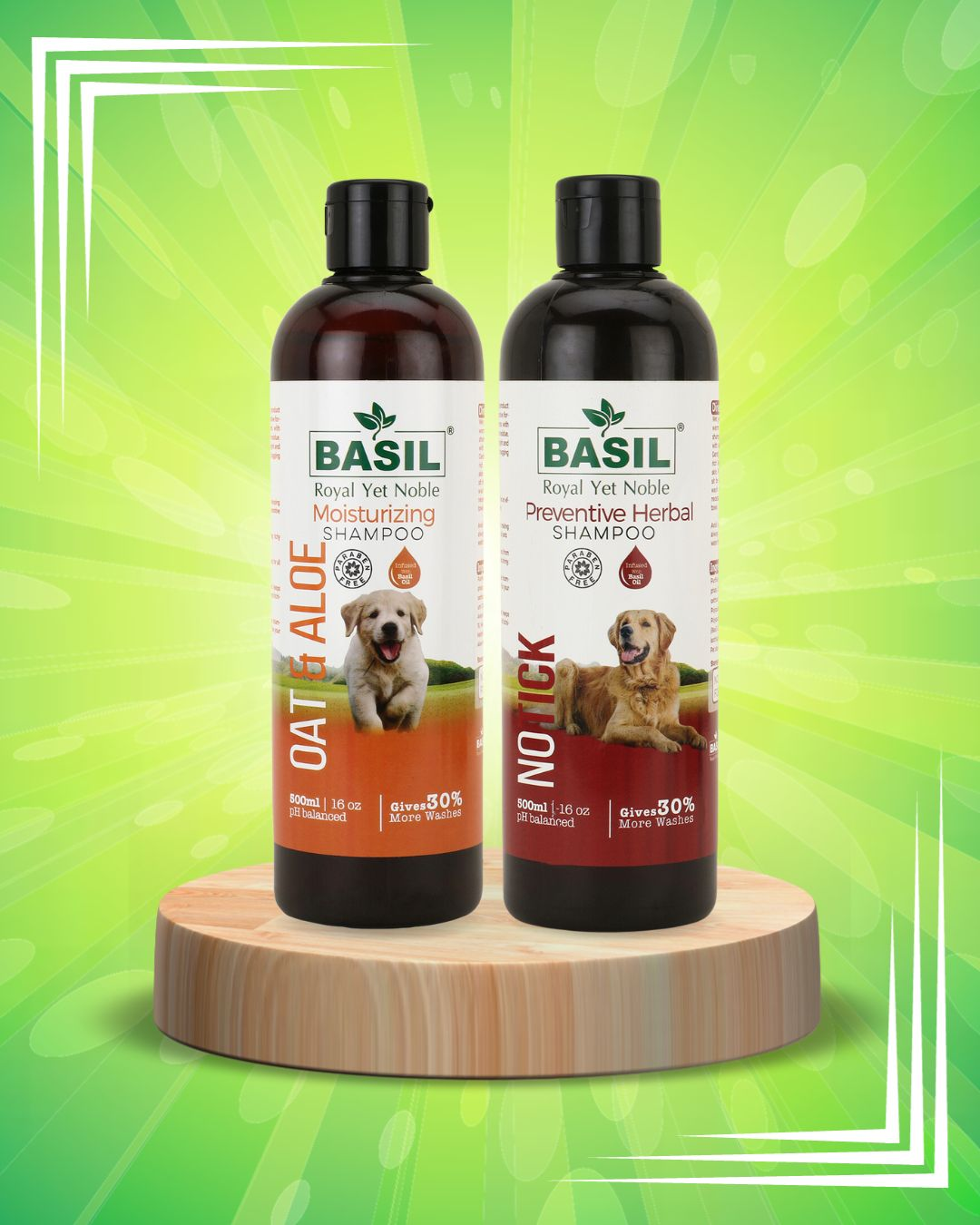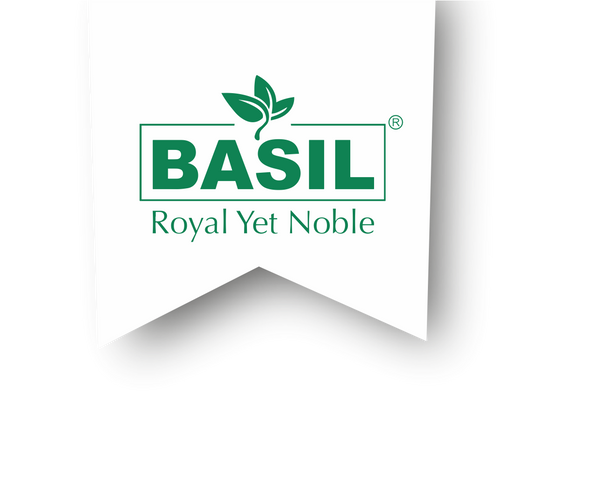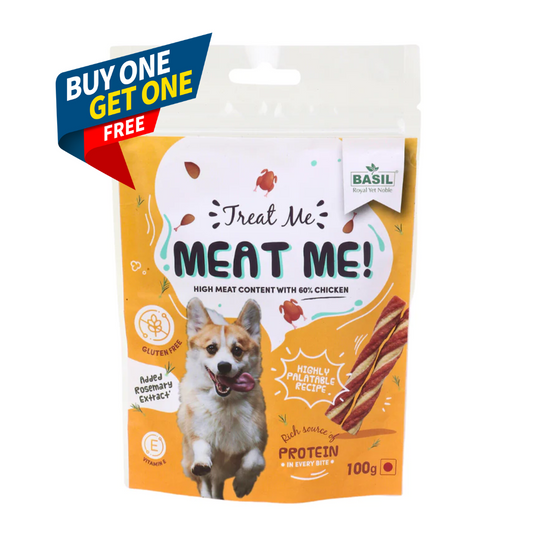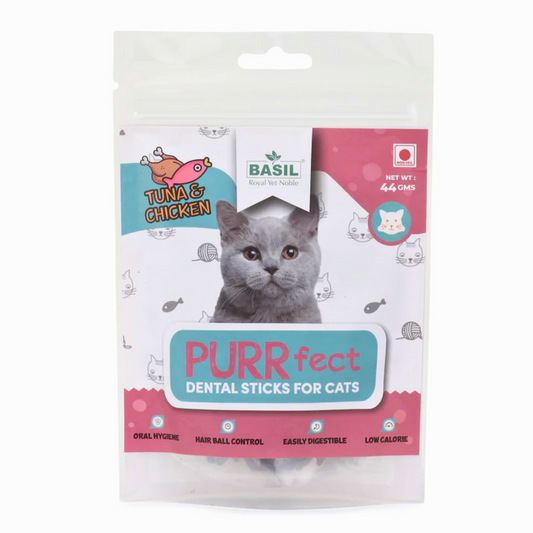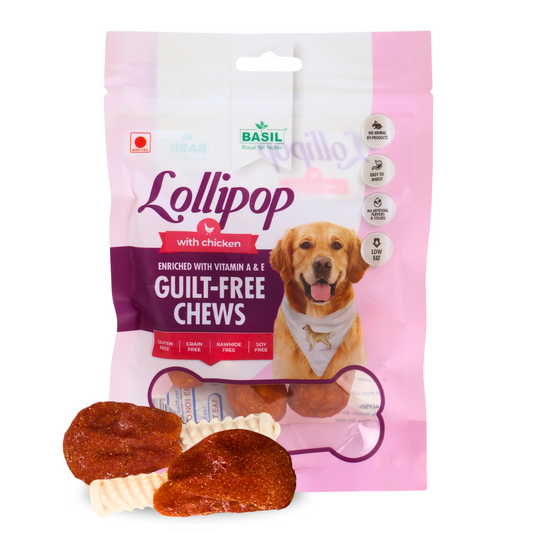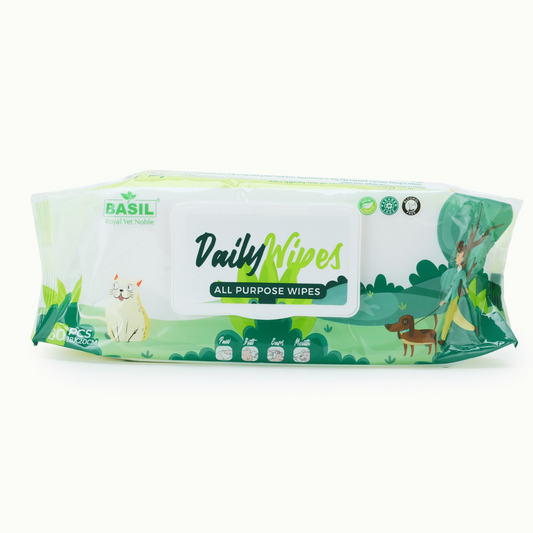
Understanding Dog Food Types - Kibble, Wet, Raw & Home-Made
Share
Dog food comes in various shapes and sizes, including dry food or kibble, wet ready-to-eat food as well as raw and home-made food. As a pet parent we need to figure out what works best for the pup and meets all of their dietary requirements. Each type of food comes with their own set of advantages and considerations and therefore it is important to understand which one or ones works the best for your beloved furry baby. Let us dive deep into the various types of dog food and what to expect from them:
Kibble (Dry Dog Food):
Composition: Kibble is a dry, convenient, and shelf-stable option. It typically contains a combination of meat, grains, vegetables, and vitamins.
Biscuits are actually a type of kibble that you can use as snacks for your pup. Here is a list of the best-selling dog biscuits from BASIL dog food online collection:
- BASIL Dog Biscuits, Real Milk Bone Shaped Training Treat for Adult Dogs, All Breed (900 Grams)
- BASIL Dog Biscuits, Real Chicken Bone Shaped Training Treat for Adult Dogs, All Breed (900 Grams)
- BASIL Dog Biscuits, Round Shaped Real Chicken Training Treat for Adult Dogs, Small Breed (900 Grams)
- BASIL Puppy Dog Food Biscuits, Bone Shaped Real Chicken Training Treat for Puppies, All Breed (900 Grams)

Advantages:
- It is super convenient to use and store for a longer period of time.
- Certain dog kibble has special ingredients added which are beneficial for teeth and might help control plaque or tartar development.
- Pedigree adult dog food and similar kibble is readily available from various good dog food brands and the best part is that they are comparatively more affordable than other wet food options. However, always make sure to get your kibble from a reputable brand with excellent reviews and quality ingredients.
Considerations:
- Quality varies, so choose a brand with high-quality ingredients.
- A lot of dogs do not like kibble due to their dry and monotonous taste.
- Dry food or kibble needs a lot of water to get digested. It might make your pup’s throat dry if they do not drink enough water or cause gut problems.
Wet Dog Food:
Composition: Wet dog food is often higher in moisture content and contains meat, vegetables, and sometimes grains, usually binded by a sort of jelly base. They usually have a slimy texture and although a lot of dogs like to eat packaged wet food,it is not advisable to feed multiple servings of wet food regularly.
Advantages:
- Packaged wet adult and puppy dog food is generally more palatable than kibble which makes them a great hit among many pups.
- Has more moisture content compared to kibble.
- Suitable for dogs with dental problems or for those who need to consume softer or easily swallowable food.
Considerations:
- Generally more expensive than dry food or kibble.
- Requires proper storage in the refrigerator after the package or seal has been broken.
- Usually does not provide the dental benefits than certain dry food or kibble does.

Raw Dog Food:
Composition: Raw dog food consists of vegetables and fruits and sometimes raw meat and bones. It aims to incorporate some beneficial elements of a dog's natural diet in the wild balanced with good quality kibble, wet food and home-cooked meals.
Advantages:
- Contains enzymes and a lot of nutrients since the food items are still in their natural state.
- This might help boost their immunity or deal with certain kinds of allergies, but always consult your veterinarian before making these changes.
- Dogs do not need as much protein in their daily diet compared to cats. Thus, adding a healthy dose of vegetables and fruits in their diet can be great for their overall health.
Considerations:
- Risk of bacterial contamination (salmonella, E. coli) is pretty high in a raw diet compared to cooked or packaged food for both dogs and humans.
- This might create an imbalance in their nutritional requirements if not monitored properly.
- Might cause gut problems, stomach aches or diarrhoea in some cases.

Homemade Dog Food:
Composition: Homemade dog food is prepared at home using a combination of ingredients, including meat, vegetables, and grains.
Advantages:
- Allows for precise control of ingredients and quality.
- Tailored to specific dietary needs or health conditions.
- Can be a good option for dogs with allergies.
Considerations:
- Requires careful planning to ensure a balanced diet.
- May be time-consuming and may not be practical for all dog owners.
- Consultation with a veterinarian or canine nutritionist is recommended.

Conclusion:
Regardless of the chosen type of dog food, it's crucial to provide a balanced and complete diet suitable for your dog's age, size, activity level, and health status. Regular veterinary check-ups can help ensure your dog's nutritional needs are being met and address any concerns that may arise. Always introduce changes to your dog's diet gradually to prevent digestive upset. Consult your vet before making major changes in your pup’s diet and do not experiment with it randomly and always choose the best dog food in India. Always choose premium-quality food for them and serve a balanced diet everyday. Last but not least, no matter how well your beloved furry friends eat, make sure to arrange regular veterinarian visits to ensure that they are always at their best. Get quality dog food online from BASIL today.
